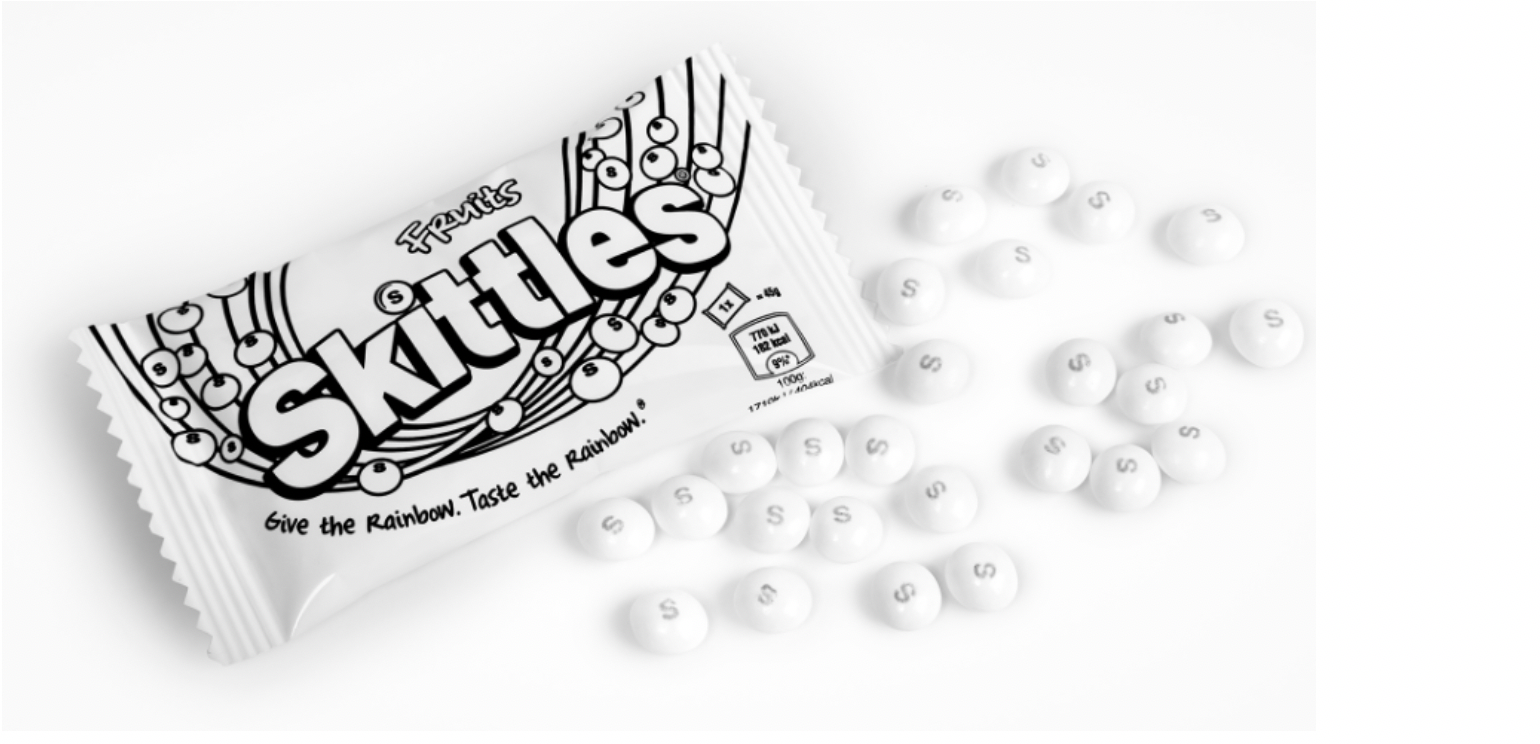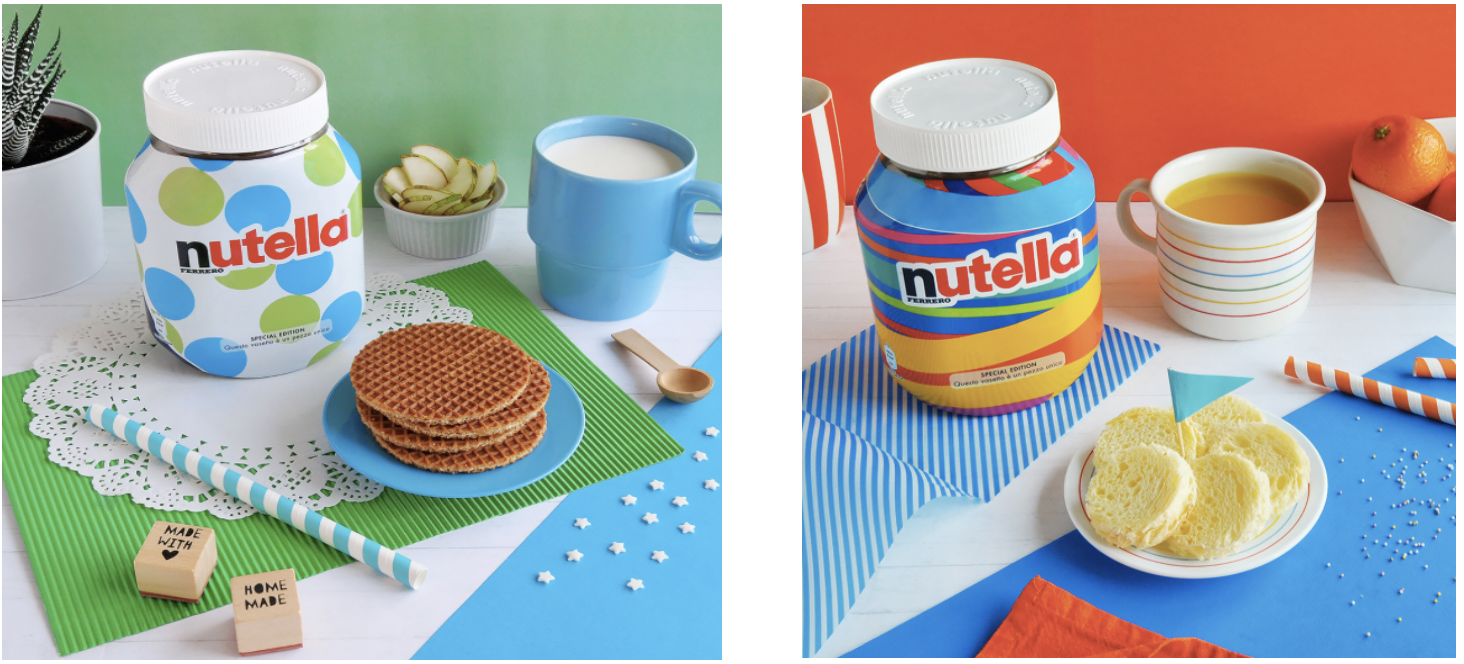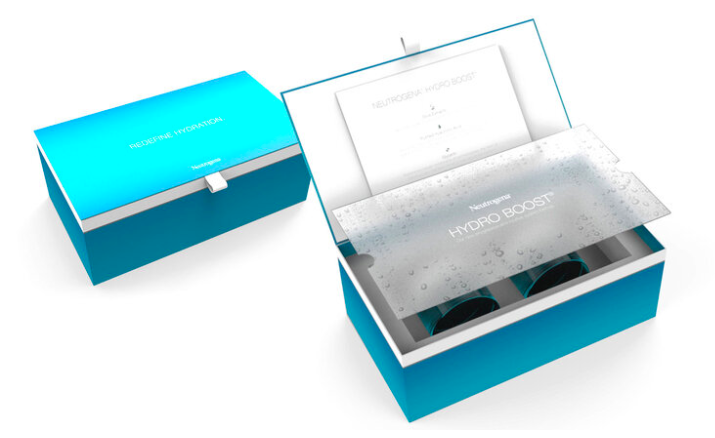There's Still Time to Design Your Way into a Great Holiday 2020 Season
seasonalpackaging
Seasonal Packaging: Brand Recognition at Your Fingertips
How important is seasonal and holiday packaging to brands? Considering that packaging has become the primary face of any brand and product, regardless of the time of year or season, it is safe to say it is extremely important. A company’s brand tells a story—it adds personality and animation into the consumer’s perception of that company. As brands compete for attention in an ever-growing market of products, packaging has become key to helping brands rise above the clutter and there’s no better time than the holidays to put a limited edition special pack or promotional kit in-stores/online. There’s just enough time to start and finish a project efficiently (adding to your ROI) if you get going in April.
A Quick History Lesson
While holiday or seasonally-themed product packaging may seem like a relatively new concept, the act of packaging gifts has been around for centuries. Originating in Asia, around 2nd Century B.C., the Song Dynasty would gift money to government officials in ornamental envelopes made of bamboo, hemp, and rice.
In the West, elaborate packaging was much slower to catch on. The Christmas card wasn’t developed until 1843, and took until the 1860’s to gain increased popularity.
Especially around Christmas, the increase in popularity of cards eventually led to the development of Victorian decorative papers to accompany the cards. These papers, however, were expensive to produce and were only affordable to the wealthy.
As gift-giving became more accessible to the masses, packaging became more popular as well. Ranging from wrapping paper and ribbons to printed boxes and unique containers, more varieties of packaging were created to satisfy holiday and seasonal needs.
So, what are some of the best ways to rise to the top during any season, holiday, or event? Here are a few steps to determining how to choose the best packaging for your target customers, all year round:
1. Choose your holiday (or season, or celebration…)
Depending on your product, some holidays will be more effective for holiday packaging. Foods and beverages normally do well on all occasions—Valentine’s Day, Easter, 4th of July, Halloween, Thanksgiving, and Christmas, for example. Other products might find it harder to make connections as easily, but could make a huge splash with seasonal milestones that are aligned with their brand voice and point of view.
As an ever-increasing number of celebrations pop up on a global scale, like Pride week, Women’s Day, Earth Day, and China’s Single’s Day, products and packaging can find ways to attract more consumers and boost brand recognition and loyalty.
For example, Skittles found a way to support Pride week with their “Give the Rainbow” packaging, where they changed their rainbow-colored candies and packaging to white.

Image: AdWeek, June 2016
2. Order appropriately
When planning seasonal and celebratory packaging, there are more things to consider than design. As exciting as it may be to showcase great packaging for the occasions, be sure your forecast is dialed.
There are ways to avoid this, of course. One way is to include packaging changes that can be removed, such as a label or ribbon. Another way is to make limited time only GWP or PWP special-packs that are easy to gift and typically under $29 retail encouraging busy shoppers to buy more than one.
3. Show them something special
During high-purchase holidays, vying for shoppers’ attention is competitive. Adding a touch of creativity to primary and secondary packaging designs are ways to rise above the noise.
Nutella proved this with its idea of offering customers the chance to personalize jars with their names or to purchase original packaging designs labeled as “limited editions” (7 million designs, to be exact)—to great success. We’d love to see them do this again with multiple trial-size snacks that are fun to dip — would be great social media fuel.

Image: DeZeen, June 2017

Image: The Body Shop, 2018
4. Make it sustainable
Sustainable packaging is also a way companies can reinforce special packaging—for holidays, celebrations (like Earth Day), or an all-year commitment, especially with millennials and Gen Z, though not limited to them. Consumers are more conscious than ever about reducing their ecological footprint and demanding companies provide more environmentally friendly packaging. One way to respond to this is by offering reusable packaging such as ornate bottles, good TSA bags, dopp kits, clutches, or hinged cases. The Body Shop is known for this, often presenting its gift ranges in tins that buyers can put to other purposes once they have used the product itself.
5. Create something luxurious
Clearly, product packaging for holiday, seasonal, and celebratory events must be extraordinary and special in some way. To stand out, you need a great packaging design for the products you provide (primary) and the secondary packaging so you can boost sell-through, paying attention to both the visual and tactile elements.
Luxury packaging is an art, and a custom box can be the canvas. Here are some practical tips for creating experiential packaging that keep consumers coming back for more:
-
Visual: Choose the right color! Simply put, the right color sells more. Human eyes are especially attuned to the subtle influence of color and, of course, it helps if the color you imagine during the design is the actual color that prints. Special, custom colors and finishes are a great way to give packaging a one-of-a-kind, distinctive look. Those custom colors stand out in wall of brown boxes, greens and reds and Christmas time, or the standard “natural” colors that line the shelves.
-
Tactile: The sense of touch is important, and as Vivabox has said many times before, it is usually one of the only physical touchpoints a consumer has with a brand. Human beings are wired to respond to physical touch, so the experience is important to brand recognition and loyalty. For example, because consumers are influenced by the look and feel of packaging when making purchase decisions, a well-designed custom box can be embossed (raised lettering or artwork) or it can be debossed (recessed), it can be coated in felt, RPET, papers that feel like wood or linen, and so much more.

Image: Neutrogena Hydro Boost, 2019
Every consumer is influenced by packaging. It’s important to remember that the person buying your product is more than likely buying it for someone else. Since they are buying for other people, first impressions matter, mainly because many consumers consider the outside packaging to be a reflection of the quality of the product inside.
Although holidays and certain seasons can be busy, your brand and business can benefit from these packaging strategies, if planned correctly. Vivabox can help your brand meet modern packaging needs for any holiday or seasonal event. Contact us for details.
Looking for a solution? We can help.
Headquarters
9211 Corporate Blvd Ste 110
Rockville MD 20850
Satellite Offices
Dallas, TX
Paris, France
San Francisco, CA
Scottsdale, AZ
info@vivaboxsolutions.com
Phone
800-529-1988
Minimum Order Quantities:
RPET Totes: 3,000
Kraft Shoppers: 5,000
Rigid Boxes: 3,000
Folding Cartons: 5,000
In our Digital World, Your Packaging May be the Only Physical Connection You Have with Your Consumers. Three Ways to Make Sure it Counts.
seasonalpackaging
The process of opening a new product can be a gift-like experience which embeds itself into the consumer’s psyche and can even be as great as the product itself.
Packaging is a visceral experience, and as our culture becomes continuously more visual, it feeds more than our desire for something to simply be a container. Our packaging has to mean as much as the product inside of it. Whether it has an aesthetic or ecological meaning, we want our packaging to be a reflection of us. There is a reason why brands rely on them so much. Without the right packaging, people will walk right by you, or even worse, not like you.
So here are three things to think about as you move forward with packaging ideas for the holidays and beyond:
1. The Outer Gift
In the best case scenario, we want our customers to be loyal, and packaging can build and maintain loyalty in a very tangible way. For example, think about a Tiffany box—many of us have never seen one in person, but if someone set one in front of us, it would take a lot to hold us back. There is an entire ethos surrounding that simple robin’s-egg-blue-and-white packaging, and it makes what is inside that much more coveted.
These experiences should be at the foreground of every brand’s identity, and packaging tugs at the very foundation of our consumer experience, whether we are aware of it or not.
According to Danielle Sauvé, Director of Customer Insights and Experience at Danaher Product Identification Platform, “Product packaging is often the only physical marketing channel that the consumer physically touches.”
So, customer loyalty is just as grounded in the tactile experience as it is in the visual and digital experience. Every detail is essential to address.
2. Seasonal Packaging
Adjusting packaging during holidays or other seasonal events is also a way to increase brand loyalty. If the packaging changes enough to be seasonal, customers appreciate the effort. However, be careful…adjusting for holidays or other events should only be taken so far. Customers still want to be able to identify the brand easily rather than hunting for it on a shelf.
Tasteful seasonal packaging is difficult to come by, so also think about how measured you want to be when implementing your packaging strategy. For example, as impressive as Christmas may be for many, the red and green combination can be a bit harsh or garish to others. Many who want to be more tastefully understated may go with more natural color combinations or interesting plaids.
3. The Inner Gift
Another layer of packaging that is just as important is the layout. How does it look once it is opened? As convenient as some packaging is, if each piece is bubble wrapped and jumbled in a box, the customer experience declines rapidly. One does not want to go from the elation of opening a beautiful box to cursing under their breath to unwrap multiple items in taped plastic. If the experience turns sour, you can bet that customer loyalty may as well.
Another common complaint is buying a product with the notion that the packaging is sustainable, only to get inside to find unrecyclable plastic materials. No one wants guilt wrapped with a bow.
So what does all of this mean for the brand? The consumer experience should be a pleasant one from the moment one starts looking for a product, through the unwrapping and big reveal, to the moment when they wonder whether they will keep the box or recycle it. It may be easier said than done for many businesses, but it is a necessity to think about every step of the buyer journey if you want to build and maintain consumer loyalty.
Looking for a solution? We can help.
Headquarters
9211 Corporate Blvd Ste 110
Rockville MD 20850
Satellite Offices
Dallas, TX
Paris, France
San Francisco, CA
Scottsdale, AZ
info@vivaboxsolutions.com
Phone
800-529-1988
Minimum Order Quantities:
RPET Totes: 3,000
Kraft Shoppers: 5,000
Rigid Boxes: 3,000
Folding Cartons: 5,000





